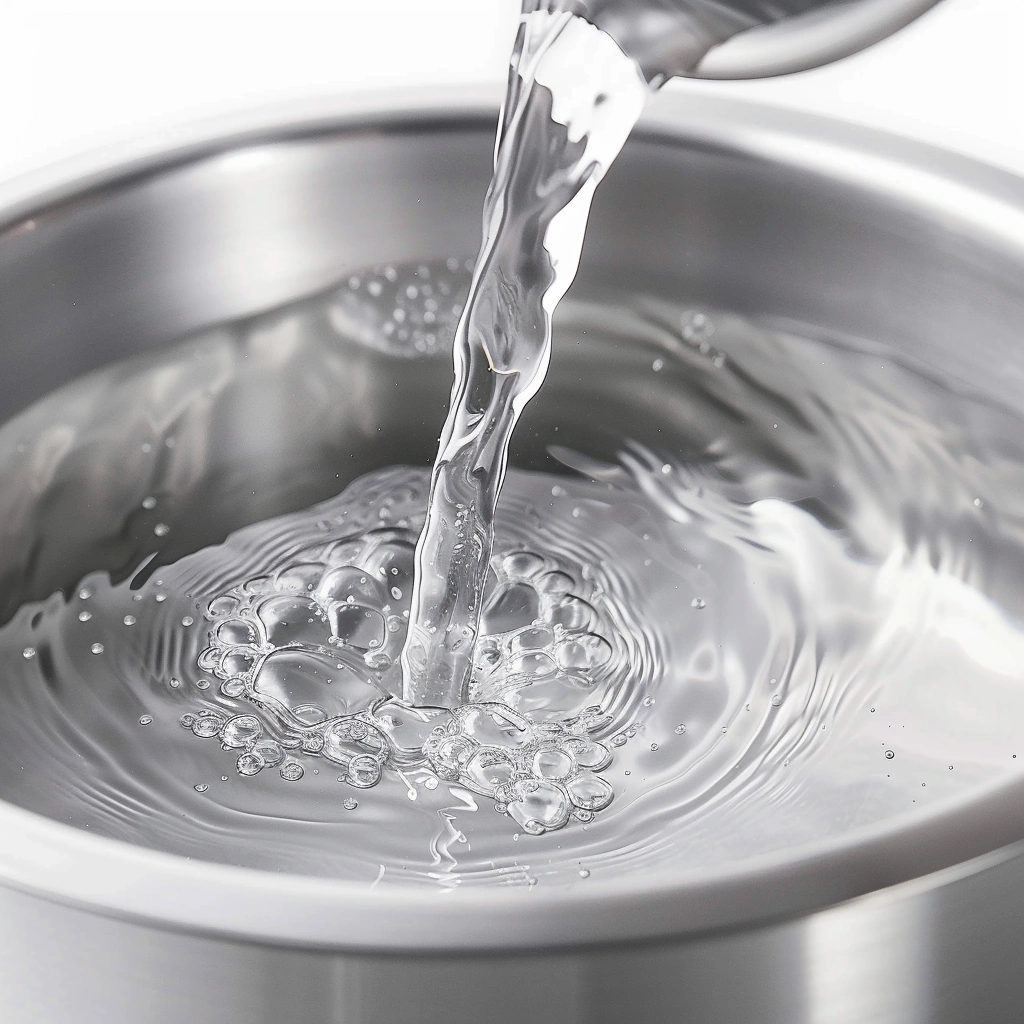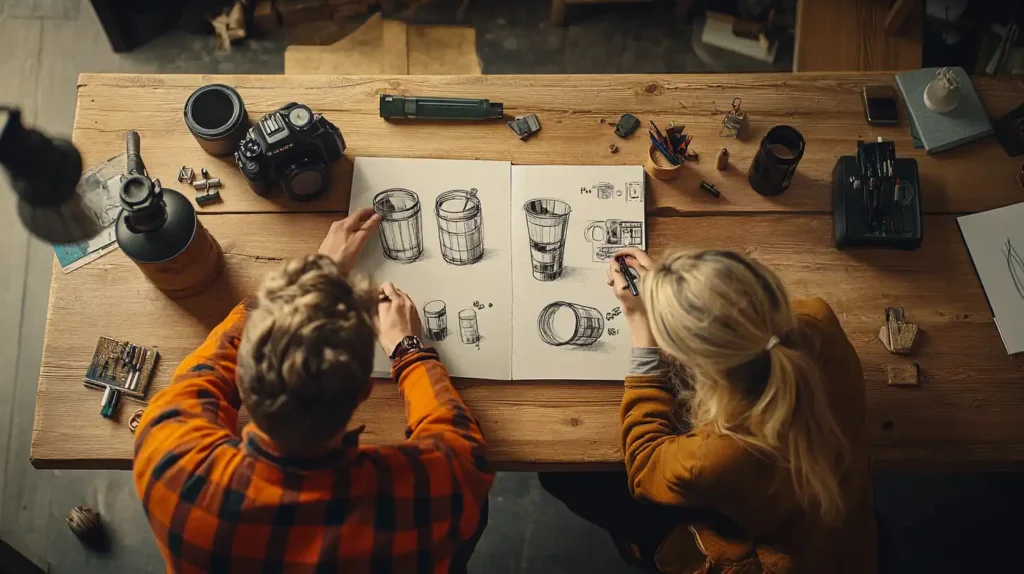Choosing the right dog bowl for your pet may seem straightforward, but there are several factors to consider to ensure your dog has the best feeding experience. Here are some essential tips for selecting the best dog bowl, drawn from expert recommendations across multiple sources.
Inhaltsverzeichnis
1. Material Matters
The material of the dog bowl is one of the most crucial factors. Common materials include stainless steel, plastic, and ceramic.
- Edelstahl: This is often the best choice for durability and hygiene. Stainless steel bowls are resistant to rust, do not harbor bacteria, and are easy to clean. They are also usually dishwasher safe, making maintenance straightforward.
- Plastic: While plastic bowls are lightweight and affordable, they can develop scratches that harbor bacteria. Zusätzlich, some dogs may chew on them, which could lead to ingestion of plastic particles.
- Ceramic: Ceramic bowls can be a good choice for those looking for something more aesthetically pleasing. They are also easy to clean and typically safe for dishwashers. Jedoch, they can chip or break easily, which could pose a danger to your dog.

2. Size and Depth
The size and depth of the bowl should match your dog’s size and eating habits.
- Small Dogs: Small breeds typically require smaller bowls to accommodate their portion sizes and to prevent them from struggling to reach the food.
- Large Dogs: Larger dogs will benefit from bigger, deeper bowls that can hold more food and water. Consider a raised bowl if your dog is particularly tall, which can aid in digestion and reduce the strain on their neck and joints.
- Flat-Faced Breeds: For breeds with flat faces, like Bulldogs or Pugs, shallow bowls are preferable. They allow easier access to food without causing discomfort or frustration.
3. Special Features
Depending on your dog’s specific needs, you might want to look for bowls with particular features.
- Non-Slip Bases: These are ideal for dogs that tend to push their bowls around while eating. Non-slip bases ensure that the bowl stays in place, reducing mess and frustration.
- Slow Feeders: If your dog eats too quickly, a slow feeder bowl with ridges or obstacles can help slow down their eating pace. This can prevent choking, vomiting, and bloating.
- Travel Bowls: For those who travel with their pets, collapsible or portable bowls are convenient. They are lightweight and easy to pack, making feeding on the go hassle-free.

4. Ease of Cleaning
Hygiene is paramount when it comes to dog bowls. Choose a bowl that is easy to clean to prevent the buildup of bacteria.
- Dishwasher Safe: Stainless steel and some ceramic bowls are dishwasher safe, making them easy to clean regularly.
- Hand Wash: For bowls that are not dishwasher safe, ensure that they can be easily hand washed with soap and hot water. Avoid bowls with crevices where food can get stuck and bacteria can grow.
5. Health Considerations
Certain health issues may necessitate specific types of bowls.
- Bloat Prevention: Raised feeders can be beneficial for large or giant breeds that are prone to bloat. These bowls allow the dog to eat at a more natural height.
- Allergies: Some dogs have allergies to plastic or other materials. In such cases, stainless steel or ceramic bowls are usually safer alternatives.
6. Aesthetic Appeal
While functionality is critical, the aesthetic appeal of the bowl can also be a factor, especially if the bowl is placed in a visible area of the home. Choose a design and color that complements your home decor and personal style.
7. Umweltauswirkungen
For eco-conscious pet owners, consider bowls made from sustainable or recyclable materials. Stainless steel is not only durable but also recyclable, making it an eco-friendly option.
Abschluss
Choosing the right dog bowl involves more than just picking the first one you see. Consider the material, size, special features, ease of cleaning, health needs, aesthetic appeal, and environmental impact. By taking these factors into account, you can ensure that your dog’s mealtime is both enjoyable and safe.




